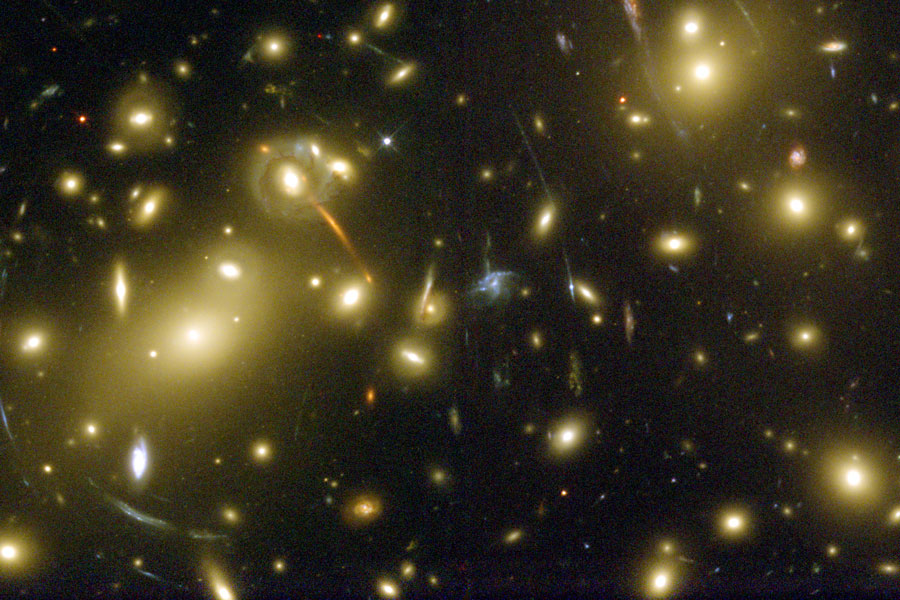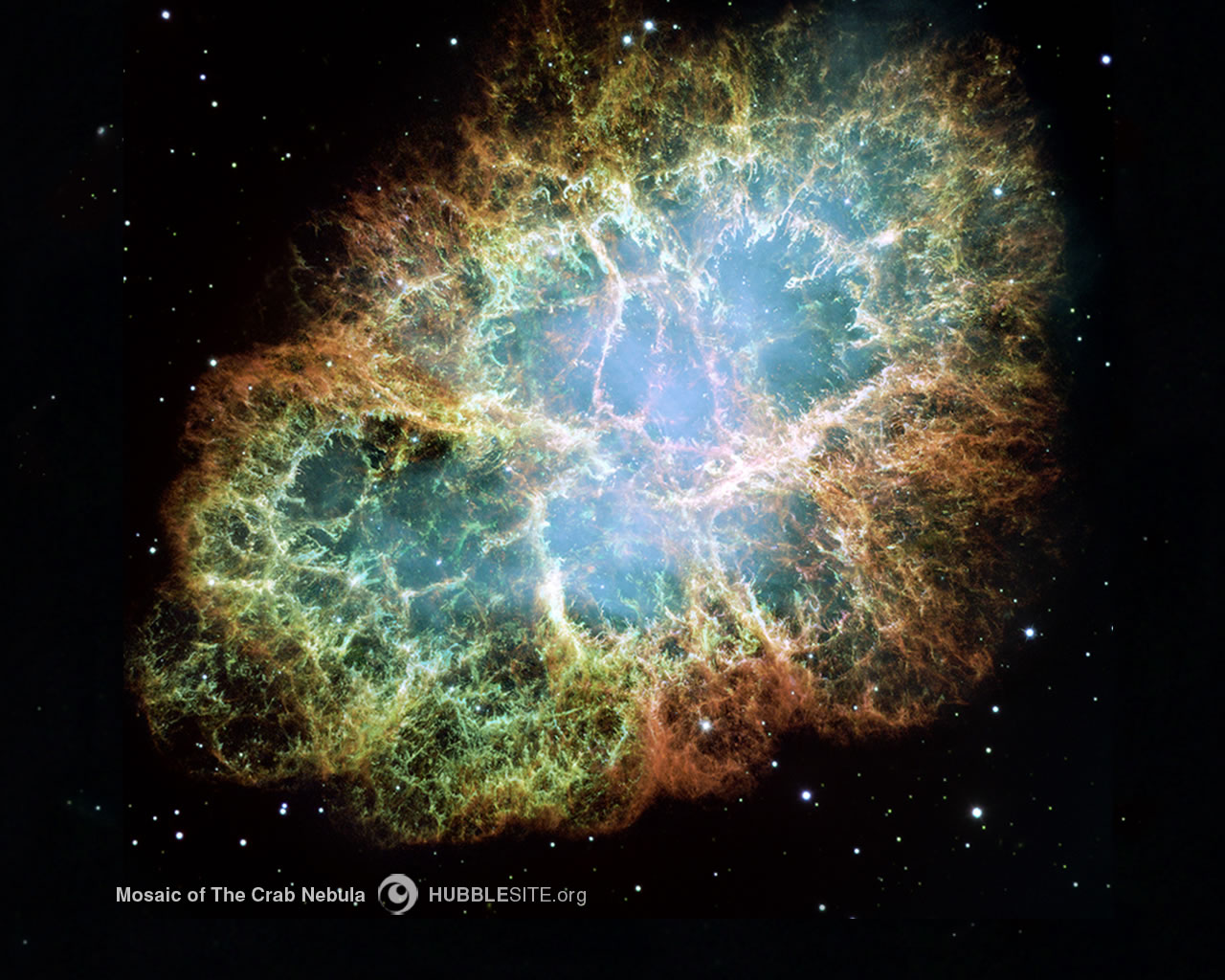This is part three in a series of posts about habitable galaxies. Post 1, covering types of galaxies and galaxy mergers, is here, last week's post 2 talking about active galaxies is here and this earlier post on the (most) habitable areas of our own galaxy is also relevant.
[Unrelated to the topic, but I wanted to say that I've been playing around with Blogger settings and made a favicon (the little icon that helps distinguish this tab from others) and an iOS home screen bookmark button. So now, if you're using Chrome or the latest version of Firefox (I suppose it should work for other versions of Firefox, but the second to most recent version failed for me) check out the little purple telescope on the white background. And if you're reading this on an iDevice, you can even see said telescope with a glossy Apple finish. What fun!]
So this week I'm talking about different galaxy environments. That is, the environment where a galaxy might be found, not environments within a galaxy (although I
briefly covered that earlier). Let's start by looking at what sort of environments galaxies can be found in.
The universe has environments now?
What we mean when we talk about galaxy environments is more or less talking about how many other galaxies are nearby. It's possible to get isolated galaxies or galaxies clustered together in groups of varying sizes. Our galaxy, the Milky Way, is part of a group creatively labelled the Local Group, which has about forty-five members. Of these, the Milky Way is the second largest (probably), with
Andromeda the largest.
Other members include the
Triangulum Galaxy, the
Large and
Small Magellanic Clouds and a non-literal pile of dwarf galaxies.
As far as classifications go, smaller collections of galaxies are termed groups, while larger collections—containing upwards of fifty more densely-packed members—are called clusters. This may seem like a bit of an arbitrary distinctions (what makes the Local Group a group and not a cluster if it has almost fifty galaxies in it?) but it's important to remember that while we know the Local Group is full of dwarf galaxies, other groups and clusters are too far away for us to be able to see their smaller members. So when we say a cluster has fifty members, we mean that many medium to large galaxies.
 |
Galaxy cluster Abel 2218, from APOD. The cluster is also a lens, but that's another story.
Image credit: Andrew Fruchter (STScI) et al., WFPC2, HST, NASA |
Spot the difference
So what does it matter where a galaxy is, anyway? Well, when it comes to life, most of what determines habitability is internal rather than external to the galaxy. The only external influence I can think of which could inhibit life (and jump in in the comments if you disagree!) would be a nearby AGN blasting at the galaxy. And even then, I don't think it would prohibit life everywhere in the targeted galaxy, just in the parts being most irradiated.
However, there are some properties of galaxies which are dependent on their environment. In a denser environment, where there are more galaxies, there had to have been initially more matter for those galaxies to form from. Because there was (by chance) more matter in that area, it was more strongly gravitationally attracted to itself and hence formed earlier compared with a lone galaxy in a sparser environment. Our current leading theory of galaxy formation and evolution is called hierarchical assembly and one of its tenets is that larger (more massive) objects form first. In a sparse environment, matter is by definition more spread out and hence, as well as being more weakly gravitationally attracted to itself, has further to travel before it can clump and collapse into a galaxy.
The corollary to this is that big galaxies in clusters are older and more evolved (because have gone through more mergers, partly thanks to there being more proximate galaxies), while isolated galaxies are younger and have undergone fewer interactions with other galaxies.
Living around
As far as life developing in other galaxies is concerned, it seems pretty trivial now to make the conclusion that life would have had the opportunity to arise earlier in cluster galaxies and later in isolated galaxies. Group galaxies such as our own would fall somewhere in the middle.
On the other hand, cluster galaxies would have
undergone more mergers, have a greater chance of having been in the path of an AGN and are more likely to be elliptical. Those first two points are merely hazards to the development of life, but the latter also gives rise to different experience for that life compared with our Milky Way existence. What off Earth am I talking about? The night sky.
Our night sky is covered in stars with the disc of the Milky Way running through them. An elliptical galaxy, not having a disc component, would not have such a band of dust, gas and denser stars. In fact, they wouldn't have much dust or gas at all, which means no
nebulae and significantly fewer hints as to where stars even come from. Depending on the exact placement of the planet, they would likely have a more or less uniform distribution of stars in the sky, maybe with a brighter patch in the direction of the galactic core. Life that evolved in an elliptical galaxy might not ever get to observe young stars in their vicinity, let alone
star formation. How might their understanding of astronomy and, in particular, stellar astrophysics be shaped by this? I think it's an interesting question to explore.
On the other end of the scale, we have isolated galaxies which could also harbour life (if they're big enough to develop
sufficient metallicity in sufficient time). But if it's truly isolated, it might be that it's not possible to observe external galaxies with the naked eye. (We can, but they sort of look like stars until you put a telescope to them.) Maybe such a civilisation would skip past the part of astronomy that labelled Andromeda and the Magellanic Clouds as nebulae but who knows how they might interpret distant blobs and spirals in the sky once they had the telescopes to see them? Also remember that isolated galaxies are going to be smaller and form later. By the time life even evolved there, would there be many other spiral galaxies left? How much more powerful would
dark energy be at that point? How quickly would all the
other galaxies be retreating from them?
How empty would the sky be?







